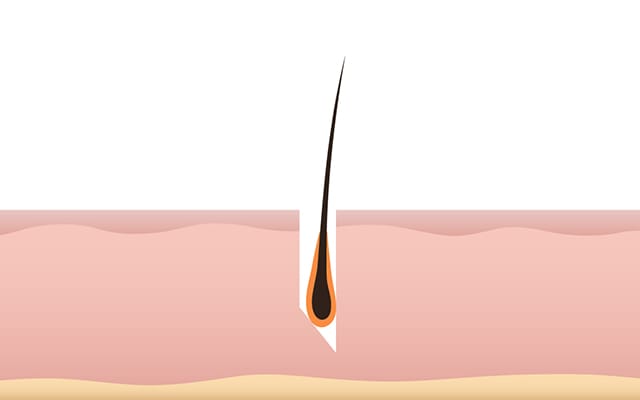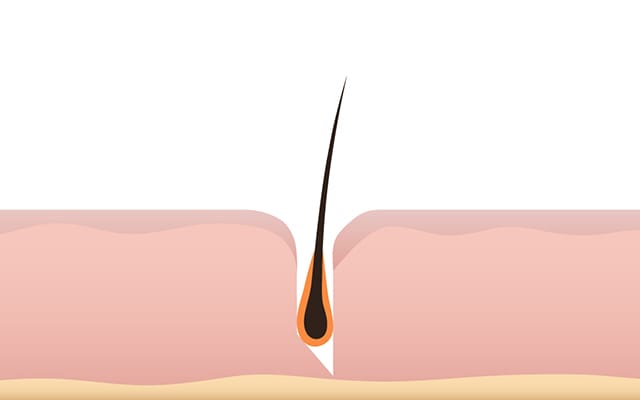High-Density /
Success Rate SLIT

each graft
Innovative new design
Surgeons confess the following: ‘The slit technique truly produces outstanding results, but the surgeon must be extremely skillful’.
FORHAIR implements slit method.
The skill of the surgeon is a fundamental requirement, not a condition.
The slit technique involves difficult procedures since hair follicles
are implanted one-by-one. The level of satisfaction of patients is very high
as it produces excellent results through delicate surgical procedures.
However, slit implantation can be executed only if supported by various
surgical systems including high levels of surgeon skill, sufficiently
trained surgical team members, and investments of time and cost.
This is the reason why so many hospitals are not able to undergo the
transition to slit implantation easily.
FORHAIR’S only goal is to present satisfying results for patients and that is why FORHAIR is great at SLIT implantation.
The action of making a slit is like generating the environment in which the hair follicles will live throughout their lifespans.
It is the format of implanting hair follicles by making holes with a slitting tool, a small and sharp tool, one-by-one. It is essential to make spaces that are perfect for each hair follicle, not too small or large, in order to supply oxygen and nutrients to the follicles harmoniously. As such, the size of the slit made is very important in determining the engraftment rate.
The ideal method is to make slits as small as possible while allowing hair follicles to be inserted at once without causing damage. FORHAIR increases graft survival by making slits with perfect sizes for each hair follicle.
of slit size and depth
Adjustment of slit depth is entirely up to the skill of the surgeon. Unlike an implanting device that semi-automatically probes into the scalp, slit depth is determined by the expertise and judgment of the surgeon whenever a hole is made. If the surgeon is highly skilled, he/she can feel the hair follicle roots touching the bottom of the slit. Since a hair follicle is highly fragile and soft, it can be overlooked unless the surgeon is equipped with an extremely fine sensibility. FORHAIR increases graft survival rate by enabling the inserted hair follicle to intertwine with the tissue by making slits of optimal depth.
Micro slit hole is same as or slightly smaller than the hair follicles size. Most of cases, grafts are placed in the slit directly or after widening the slit hole. Either way, inevitably, it touches follicles. FORHAIR has a history of successful implantation through the use of a needle tool called a Dilator to reduce hair follicle damage.
Even if healthy hair follicles are collected and perfect sized slits are made, everything will go wrong if follicle implantation is done incorrectly.
Therefore, implantation is a truly important stage. FORHAIR is equipped with unparalleled technological capabilities and expertise in hair follicle implantation.
The hair graft collected by FORHAIR’s exclusive punch has a skin tissue attached on the top so the upper part is mushroom-shaped similar. Then, when we place it into the micro slit hole, it creates a snug fit.
Only highly experienced with sensitive manual dexterity can create snug-fit. Slit implantation too much relies on performers and people say it is a weakness of the method but, it is strength to Forhair and we perform slit implantation well.
hair follicle implantation
The direction of implanted hair is determined by the angle and direction of the slit.
Accordingly, the surgeon’s skill in making the slit is the most important aspect of the surgery. In particular, if the hair is almost lying down as in the case of the hair line, eyebrows, and sideburns, it is advisable to make slits as low as possible, as though slicing pieces of sashimi. For the area of the hair whorl, a natural appearance is achieved by adjusting the slit direction in detail in a whirling shape.
of SLIT angle & direction Slit implantation for
your desired density
An advantage of slit implantation is the ability to make high density holes regardless of scalp properties,
while a hair planting device faces restrictions in its use depending on scalp characteristics.
A hair implanting device generates a popping phenomenon, that is, the phenomenon of neighboring hair
follicles bulging up due to the pressure created when inserting the device, which occurs due to the thickness of the inner diameter.
In the case of a hard scalp, the occurrence rate of the popping phenomenon increases due to the greater resistance experienced when inserting the device.
Therefore, it could be difficult to achieve the high density that the patient desires.
with natural appearance
Natural looking and abundant hair is what everyone wants. However, high density implantation does not simply mean implanting hair densely in an indiscriminate manner. Hair follicles need to be distributed with differing designs in accordance with the density in the donor area and the patient’s hair style. Since Asians have lower density hair than westerners but have a marked difference in color and size between the hair and scalp, it is necessary to implant hair at a higher density in order to ensure that the implanted hair does not appear sparse, and to ensure high patient satisfaction . With the exclusion of special cases, FORHAIR implants hair follicles at a high density of 40~50 follicles per ㎠ for men’s hair lines. Therefore, it is possible to achieve a natural appearance which is not easily noticeable, even for young men


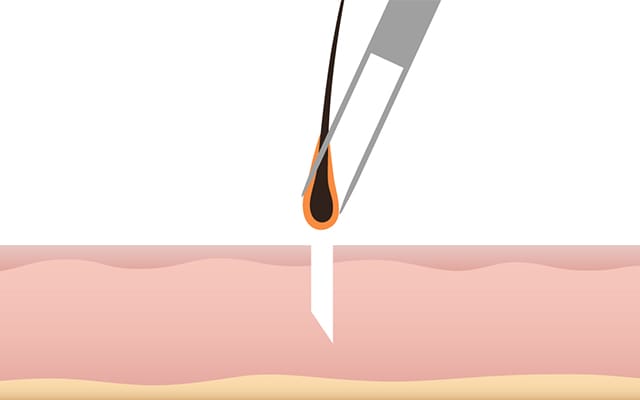 If the slit is too small?
If the slit is too small?
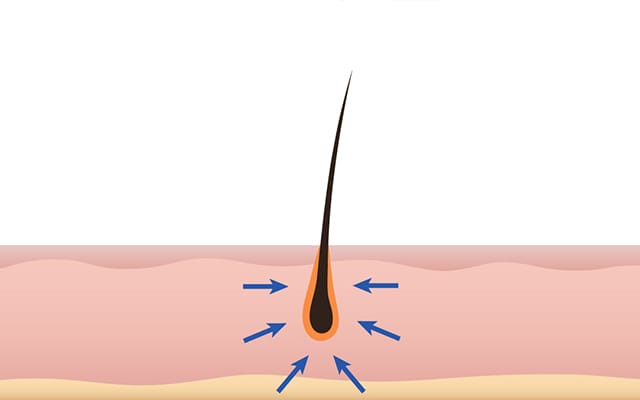 FORHAIR perfect slit size
FORHAIR perfect slit size
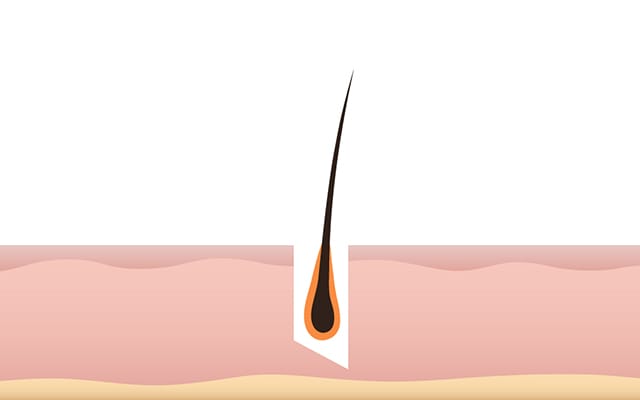 If the slit is too large?
If the slit is too large?
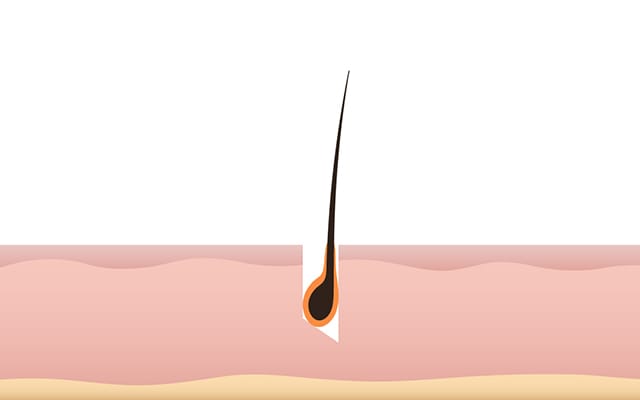 If the slit is too shallow?
If the slit is too shallow?
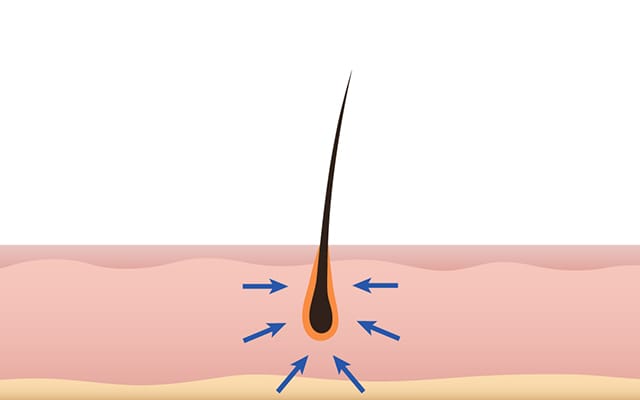 FORHAIR perfect slit depth
FORHAIR perfect slit depth
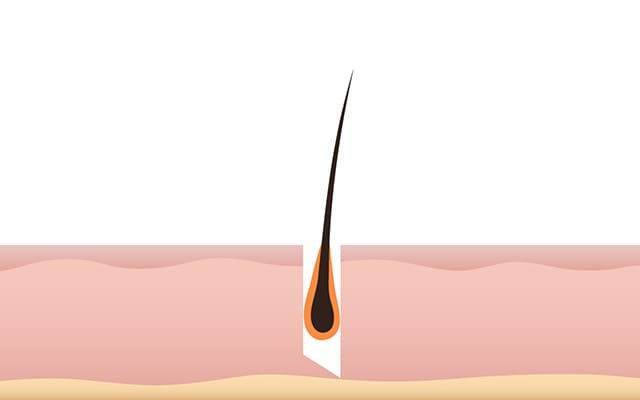 If the slit is too deep?
If the slit is too deep?

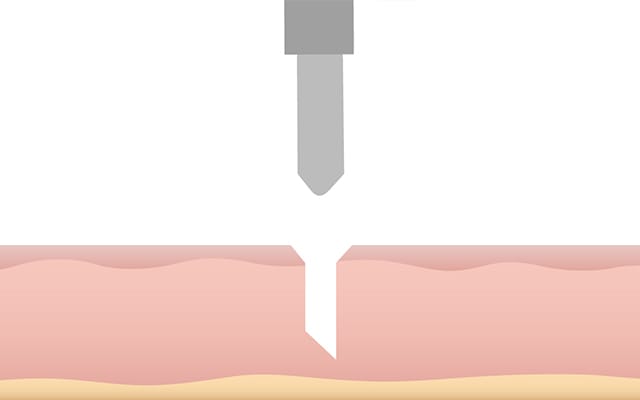
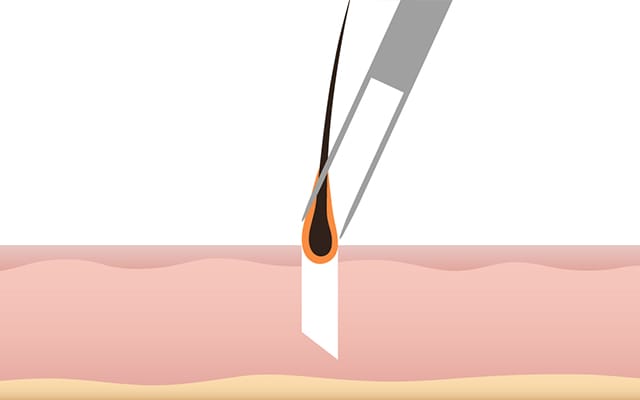
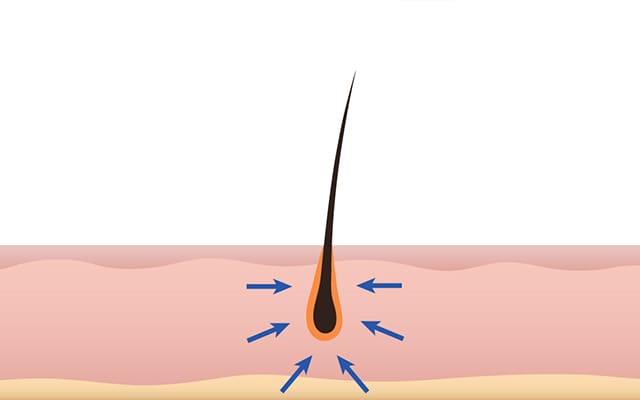
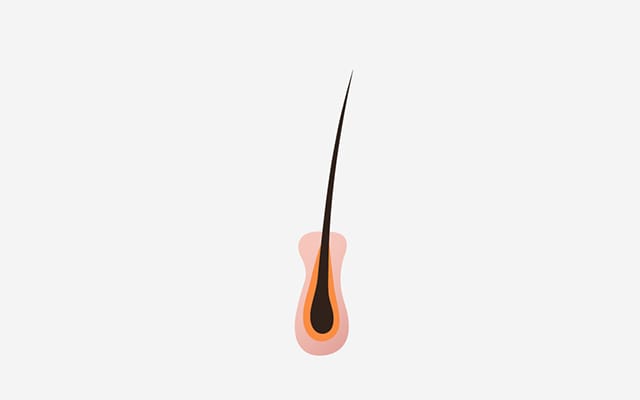 Mushroom-shaped hair follicle collected
Mushroom-shaped hair follicle collected
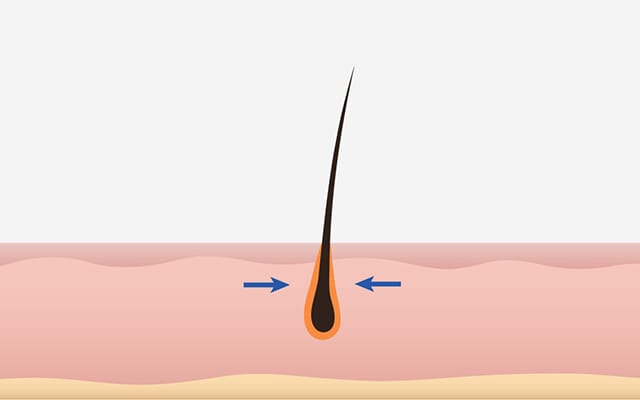 Snug fit implantation
Snug fit implantation
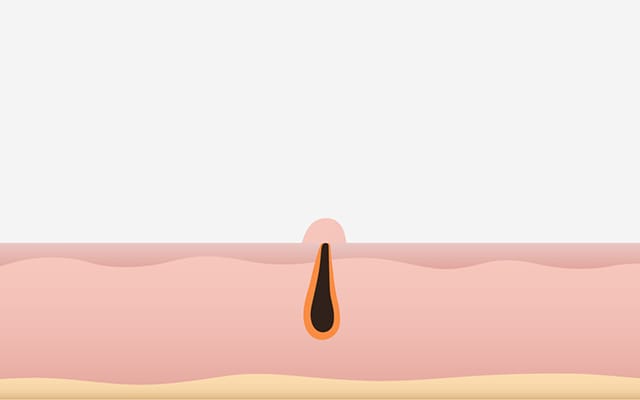 Immediately after snug fit implantation
Immediately after snug fit implantation
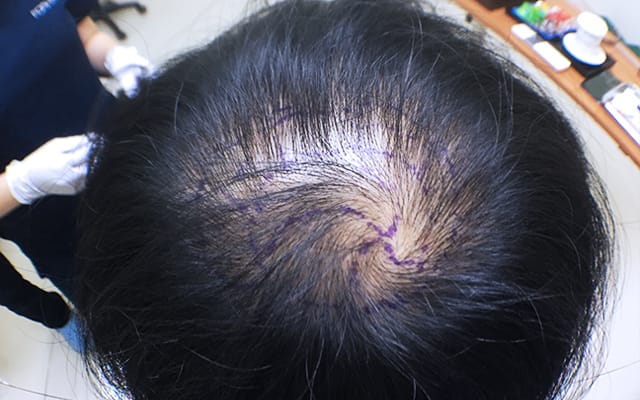
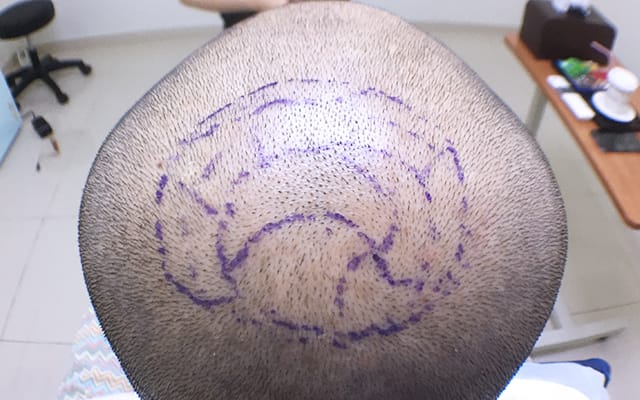
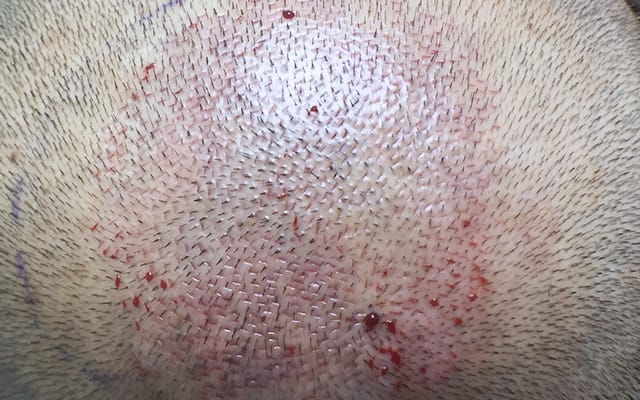
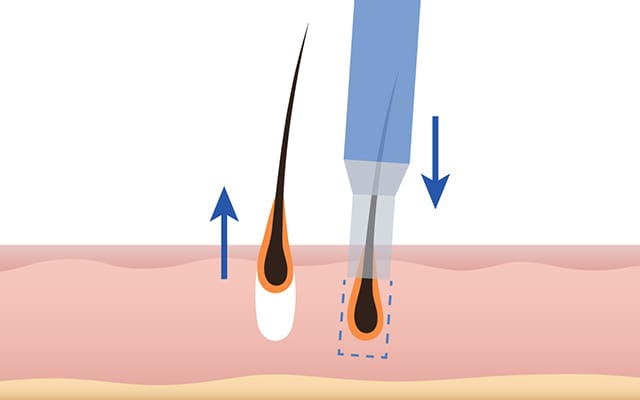 Hair implanter pen popping phenomenon
Hair implanter pen popping phenomenon
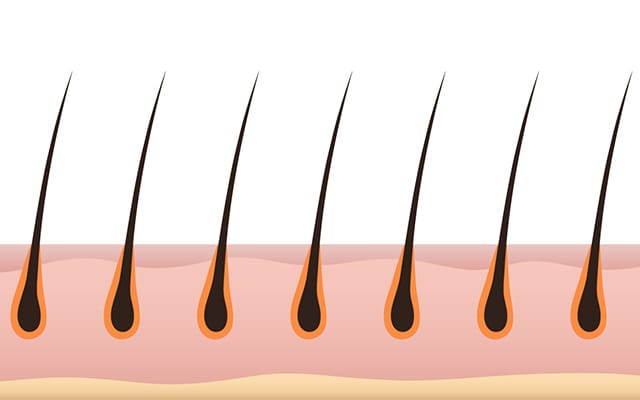 FORHAIR high density slit implantation
FORHAIR high density slit implantation
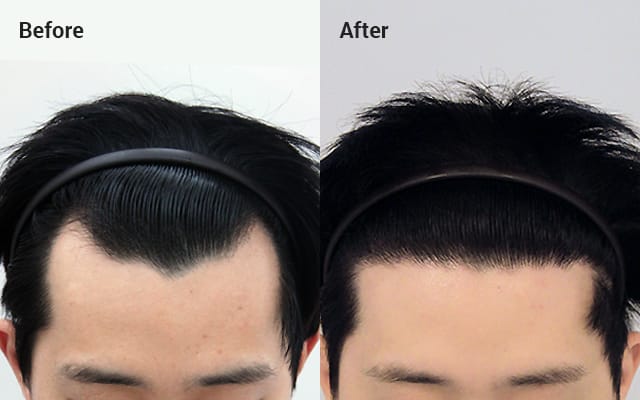 Paritial-shaven FUE, 1300 grafts, After 10 months
Paritial-shaven FUE, 1300 grafts, After 10 months
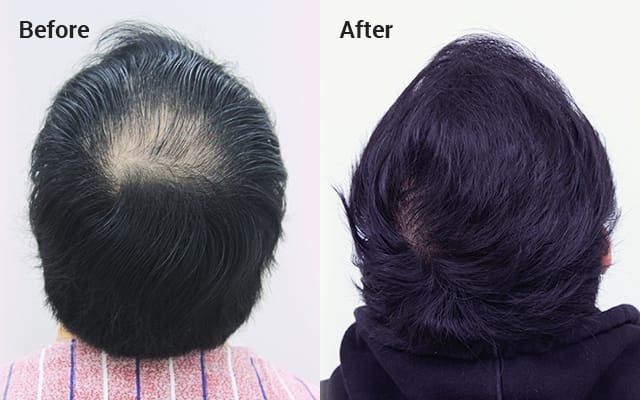 If there is sufficient hair in the donor area
If there is sufficient hair in the donor area
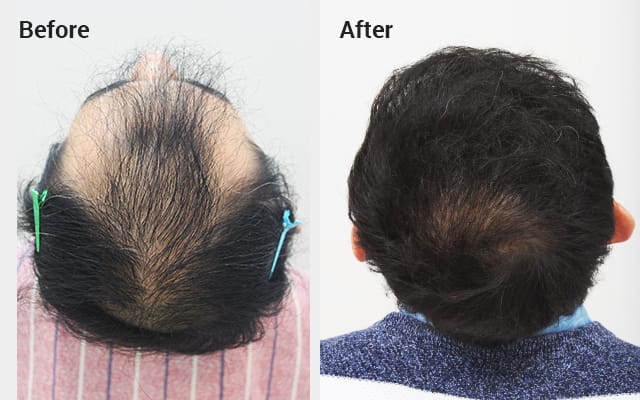 If there is insufficient hair in the donor area
If there is insufficient hair in the donor area
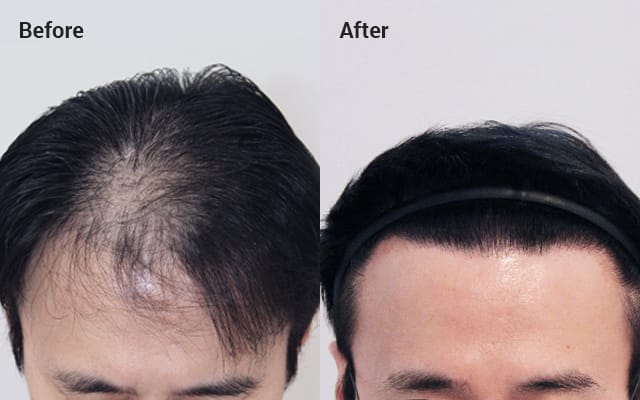 Non-shaven FUE, 1500 grafts, After 10 months
Non-shaven FUE, 1500 grafts, After 10 months
